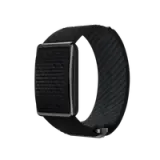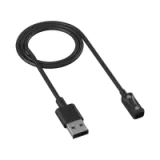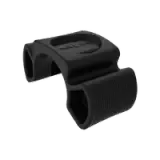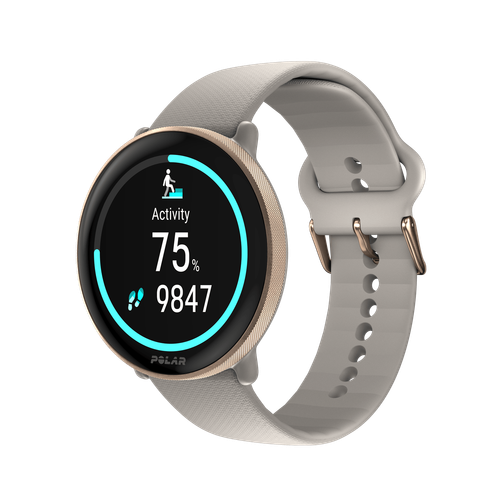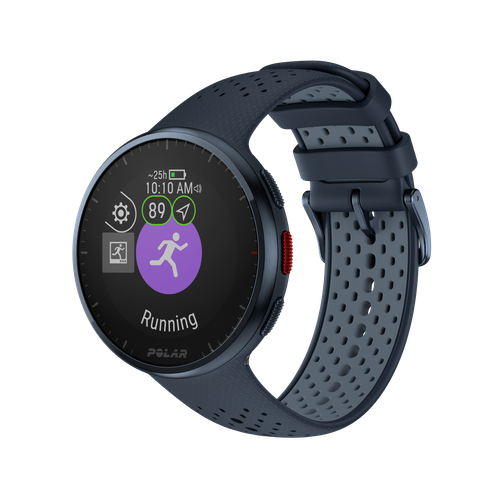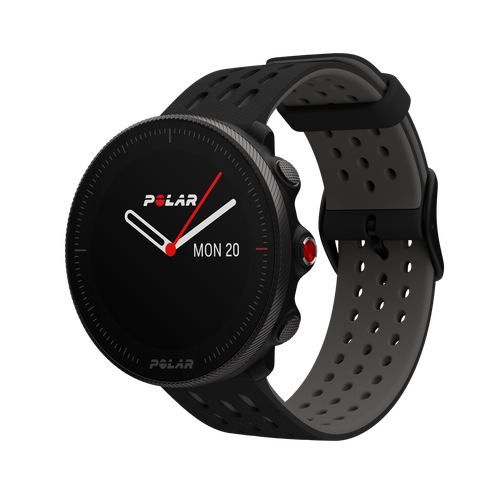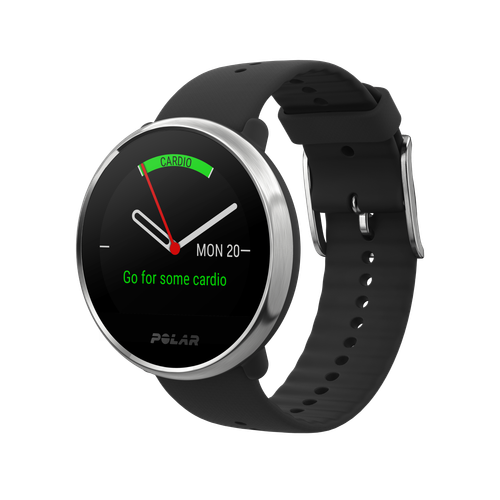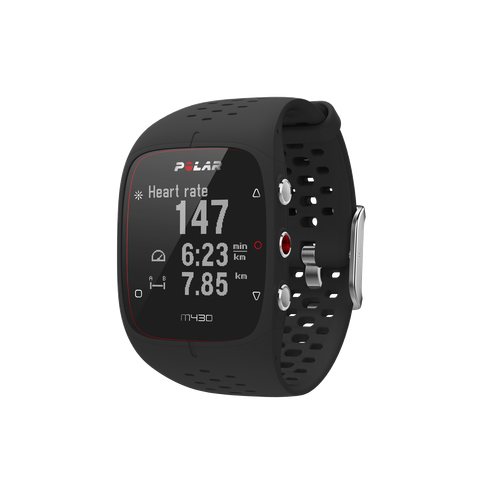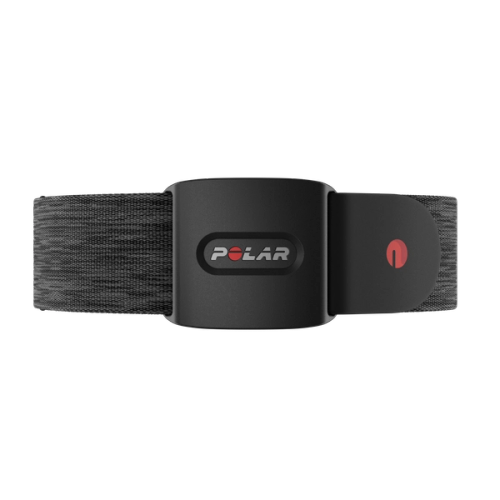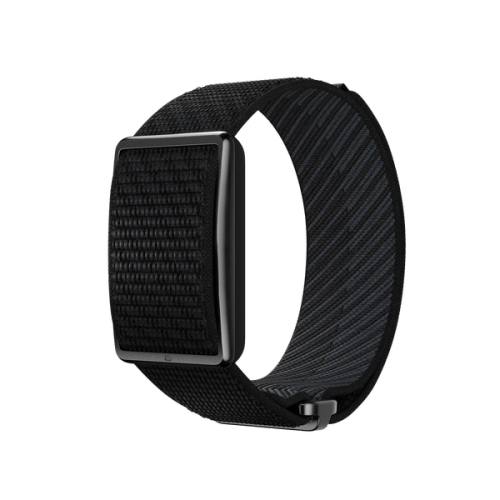Remember that feeling after your toughest workout, the one where you're utterly spent, maybe a little sore, and staring at tomorrow's training plan, wondering if you should push through or just hit the couch? For years, athletes and coaches grappled with that exact dilemma, relying on guesswork, intuition, and subjective feelings to gauge readiness. It was a constant tightrope walk between pushing for gains and risking burnout or injury.
But what if there was a precise, objective signal your own body could send you, daily, telling you exactly where you stand? That's where Heart Rate Variability (HRV) steps onto the stage. This powerful metric has rapidly emerged as a prominent method for monitoring recovery status within the athletic world, celebrated for its cost-effectiveness and the sheer ease of data acquisition, analysis, and reporting. It has firmly established itself as a significant, game-changing component of contemporary sports physiology.
So, feeling ready to unlock its insights? Here's how to understand the high and low-down of your HRV.
What is Heart Rate Variability (HRV)?
When your heart is beating at, say, 60 beats per minute, you'd probably be surprised to know that it isn't a perfect metronome. It's far more dynamic than that. HRV is simply the measure of the tiny beat-to-beat variations in the time intervals between your heartbeats. So, even at 60 BPM, one interval might be 0.95 seconds, while the next is 1.05 seconds. This subtle fluctuation, measured in milliseconds, is not only normal but actually a very good thing.
Why does this matter to you? Because these minute variations offer a crucial window into the health and function of your Autonomic Nervous System (ANS) – your body's unconscious control center. Specifically, greater variation generally indicates that your parasympathetic nervous system (the 'rest and digest' branch) is highly active and doing its job effectively. This means your body is adaptable and resilient, capable of fine-tuning itself in response to both internal and external demands.
Essentially, HRV monitoring gives you objective insight into how well your body is coping with physiological stress, managing training load, lifestyle factors like alcohol and caffeine use plus recovering from intense workouts or competitions. It’s an incredibly appealing tool because it’s time-efficient, inexpensive, and completely non-invasive. And then, particularly in relation to exercise, HRV is especially useful because it offers objective, real-time feedback on how your body is truly adapting to training load, helping you fine-tune intensity and optimize your rest days. By understanding your HRV, you gain powerful intelligence about your recovery, stress levels, and overall readiness, allowing you to train smarter, avoid overtraining, and ultimately, elevate your performance.

HRV: The Good, the Bad and the Normal
If you're already tracking your HRV, that's great! Typically, you'll check your Polar watch first thing in the morning, while still relaxed, to see on Nightly Recharge™ how your HRV was while you slept. This quick, daily ritual gives you the crucial data needed to understand your body's recovery state before your day even begins. But you're probably wondering what those numbers actually mean for you, your training, and your overall readiness. How do you tell if your HRV is signaling 'go' or 'slow down'? Let's demystify it.
Here’s the golden rule of thumb:
- A higher HRV is generally associated with your 'rest-and-digest' mode, indicating good recovery, overall fitness, and a resilient system. It's a sign that your body is efficiently handling stress and adapting well.
- Conversely, a lower HRV often correlates with your 'fight-or-flight' response, suggesting stress, illness, or perhaps even overtraining.
Now, here's the crucial insight: your HRV is uniquely yours. It's not a metric you should compare with anyone else. The only person worth measuring against is yourself and your own recent baseline trends. What your HRV truly shows is your body's incredible capacity for adaptability. A highly variable heart rate means your system is flexible and healthy enough to handle changing demands.
However, there's a nuance. During periods of strenuous exercise, you'll actually see a temporary lowering of HRV. This is a positive response, as your body kicks into 'fight-or-flight' to drive performance. The key is that your 'rest-and-digest' system should then effectively kick in afterward to facilitate recovery.
Ultimately, a consistently high HRV is usually your body's way of telling you:
- You've got good cardiovascular fitness.
- You're resting and recovering effectively.
- You're currently more resilient and adaptable to stress.
Understanding these signals is how you truly leverage your HRV data.
Discover Polar Journal
Polar Journal is a space for stories that inspire movement. Each edition blends practical training tips, sports science, and inspiring journeys from athletes and those who live and breathe an active life.
Read Polar Journal
Why is My HRV So Low?
When you're tracking your HRV, sometimes you'll see those numbers dip – perhaps even quite low. It's natural to wonder what that signifies, and it's essential to understand the message your body is sending.
First, let's be clear: having an occasional day or two of low HRV isn't cause for immediate alarm. In fact, if your HRV drops after a particularly tough workout or a stressful day and then recovers quickly to your normal levels, that's a good sign. It shows your body's impressive capacity to handle diverse challenges and then bounce back.
However, a consistent pattern of very low HRV, or a prolonged dip that doesn't recover, is your body flagging a more significant temporary imbalance within your Autonomic Nervous System. This often means your sympathetic nervous system (your 'fight-or-flight' response) has been overactivated. Think about it: if you're battling relentless pressure at work, struggling in relationships, or not giving your body adequate recovery from high-intensity training, your ANS will naturally become imbalanced, directly impacting your HRV.
Below we'll detail the many factors (both within and outside of your control) that can contribute to a temporary or ongoing low HRV, so please take a look at them. They can all play a role in contributing to a temporary or ongoing low HRV. That's why consistent daily monitoring is so powerful – it allows you to spot these deeper trends and address them proactively.
What Influences Your HRV?
Finally, let's talk about some of those underlying currents that shape your HRV, often without you even realizing it. If you're serious about mastering your training and understanding your body's unique signals, then knowing about these factors and which ones are and aren't within your control is absolutely essential. Once you start regularly tracking your HRV, you'll be surprised how much some of these factors, like illness or alcohol, have on your daily scores.
Unchangeable Influences Affecting Your HRV
Your Genetic Blueprint
Think of your genes as setting your personal HRV baseline. Your unique genetic makeup dictates the fundamental wiring of your autonomic nervous system, leading to natural differences in HRV patterns from person to person. You can't change your DNA, but knowing this helps you understand your inherent starting point and how your HRV naturally fluctuates.
The March of Time
Yes, HRV does change as the years go by. Generally, your HRV tends to naturally decrease as you get older, a process linked to age-related shifts in your autonomic nervous system and heart function. While this decline is normal, recognizing it helps you contextualize your readings within your age group.
Hormone Cycles
For female athletes, hormone cycles are a significant influencer on HRV. The natural ebb and flow of hormones like estrogen and progesterone throughout the menstrual cycle can directly impact the autonomic nervous system, leading to notable HRV variations across different phases. Understanding your cycle's impact is crucial for accurate daily monitoring.
Chronic Health Conditions
Underlying long-term health conditions can certainly affect your baseline HRV and its responsiveness. If you have a chronic condition, like cardiovascular issues, diabetes, high blood pressure, or respiratory problems, it's another piece of the puzzle that needs to be considered when interpreting your HRV data.
Temporary Illness
When your body is fighting something off, your HRV will likely tell you. Certain illnesses and health challenges, like a brewing cold or an ear infection, can significantly impact your HRV. During illness, it's common to see a drop in HRV as your body redirects resources to cope with physiological stress.
Enjoying this article? Subscribe to Polar Journal and get notified when a new Polar Journal issue is out.
Subscribe
Modifiable Influences Affecting Your HRV
Your Sleep Routine
This is massive for your HRV. Your body's internal rhythms, like your circadian rhythm, thrive on consistency. A sleep-wake cycle that consistently delivers enough restful sleep can significantly boost your HRV. Conversely, sleep disturbances or skimping on shut-eye will often send your HRV plummeting. The great news? You're in charge here. Aligning your lifestyle with your body's natural rhythm is one of the most powerful ways to improve your sleep and, in turn, your HRV.
Environmental Factors
Believe it or not, your surroundings play a role. Things like air quality, the temperature around you, and even altitude can influence your HRV. While you can't always control the weather, being mindful of these can help you interpret your data.
Medications and Substances
What you put into your body matters. Various medications and substances can directly affect your autonomic nervous system and, consequently, your HRV. For instance, stimulants like caffeine or certain drugs might crank up your sympathetic activity, leading to a lower HRV. Be aware of how these impact your readings.
Respiration
How you breathe, particularly focusing on controlled, deep breathing with Polar Serene, can directly influence your vagal tone and lead to immediate improvements in HRV. It's a simple yet powerful tool you can use daily.
Exercise Volume and Intensity
This is where the art of training meets HRV. Managing how much and how hard you train is crucial. Pushing too hard too often without adequate recovery will likely suppress your HRV, signaling overreaching or fatigue. Finding that sweet spot is key.
Rest and Recovery from Workouts
Training breaks you down, but recovery builds you up. Ample rest and active recovery are non-negotiables for a healthy HRV. Neglecting this will show up in your metrics as a dampened readiness to perform.
Diet, Hydration, and Metabolism
What you fuel your body with, how well you hydrate, and the efficiency of your metabolism all feed into your autonomic balance. A balanced diet and consistent hydration support optimal HRV. Also, allow plenty of time to finish eating your main meal at least two hours or more before getting ready for bed. You'll notice the difference in your morning HRV results.
The Power of Your Emotions
Believe it or not, your emotional state plays a direct role. Positive emotions and deep relaxation have been shown to boost your HRV, signaling a more flexible and adaptive autonomic nervous system. On the flip side, moments of anxiety and high stress can drive your HRV lower, indicating less physiological readiness. Recognizing this connection is vital for truly understanding your daily readings.
When and How Should I Measure My HRV?
So, you've dialed into the power of HRV – fantastic! Now, the big question is: when and how do you actually capture this incredibly valuable metric to understand your body's daily story? It's simpler than you might think, and consistency is your ultimate secret weapon.
undefined

Polar H10
Heart Rate Sensor
When it comes to accuracy and connectivity, Polar H10 heart rate sensor is the go-to choice. Monitor your heart rate with maximum precision and connect your heart rate to a great variety of training devices with Bluetooth® and ANT+.
Historically, accurately measuring your HRV often required specialized ECG equipment or, later, a highly precise heart rate monitor chest strap like the Polar H10. These methods provided the gold standard for beat-to-beat accuracy. But with exciting advancements in wearable tech, particularly in optical measurement from the wrist including Wrist-ECG, tracking your HRV has become incredibly accessible. This means you can now get reliable readings more conveniently than ever before.
For assessing your daily recovery and readiness for sports, the orthostatic test, often performed shortly after waking up, remains a valuable method for some athletes. However, Polar sports watches offer another incredible layer of insight by leveraging advanced technology for continuous, overnight monitoring. Features like Polar Nightly Recharge™ provide insights into your HRV and more each morning via your ANS Charge metric. By measuring how well your autonomic nervous system calmed down during the first hours of sleep, and comparing it to your previous 28 days, you gain a deeper understanding of your HRV trends – whether it's higher or lower than recently. This smart approach, combining heart rate, HRV, and breathing rate, gives you a robust picture of your body's recovery as you sleep.
Ultimately, the best time to measure is consistently, using the reliable method that fits your routine. By making it a regular practice, you're building a powerful, personalized log of your physiological readiness, recovery, and adaptation – giving you the intelligence to train smarter and perform at your peak.
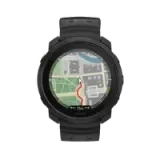 Polar Vantage M3
Polar Vantage M3
 Polar Grit X2 Pro Titan
Polar Grit X2 Pro Titan
 Polar Grit X2 Pro
Polar Grit X2 Pro
 Polar Grit X2
New
Polar Grit X2
New
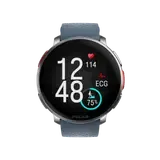 Polar Vantage V3
Polar Vantage V3
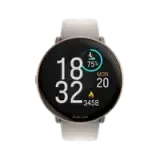 Polar Ignite 3
Polar Ignite 3
 Polar Ignite 3 Braided Yarn
Polar Ignite 3 Braided Yarn
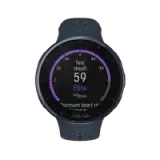 Polar Pacer Pro
Polar Pacer Pro
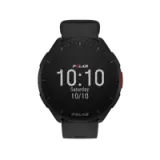 Polar Pacer
Polar Pacer
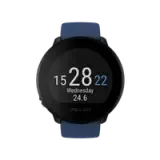 Polar Unite
Grit X Series
Vantage Series
Pacer Series
Ignite Series
Polar Unite
Grit X Series
Vantage Series
Pacer Series
Ignite Series
